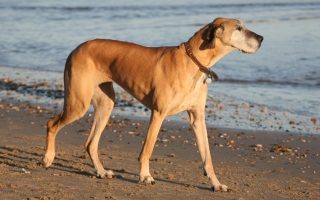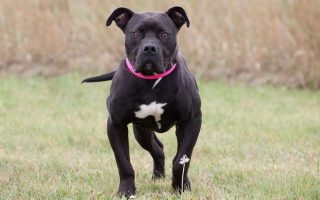The comparison of Kelpie vs Australian Cattle Dogs shows that they share a lot of common history and feature a couple of similar traits.
Both breeds were originally bred for herding in the rough terrain of Australia.
For centuries, herding dogs have been invaluable members of farming households.
This is especially true for Australia, where these dogs not only helped people herd livestock, but also kept them company in the scarcely populated Outback area.
Thanks to their history as working dogs, these breeds developed certain qualities that make them popular family dogs nowadays.
A lot of these breeds, including Kelpies and Australian Cattle Dogs, are intelligent, energetic, highly trainable, and loyal which makes them a great choice for a pet.
Today, most of them never even get to see a farm animal.
| Attributes | Kelpie | Australian Cattle Dog |
| Good For First Time Owners | Yes | No |
| Good Guard Dog | With Enough Training | Yes |
| Apartment Friendly | No | No |
| Good Family Dog | With Training | Yes |
| Shedding | Moderate | Moderate |
| Barking And Howling | Moderate | Moderate |
| Height | 17-20 inches (43-51 cm) | 17-20 inches (43-51 cm) |
| Average Life Expectancy | 11-14 Years | 12-14 Years |
[wpsm_toplist]
Kelpie – Dog Breed Information
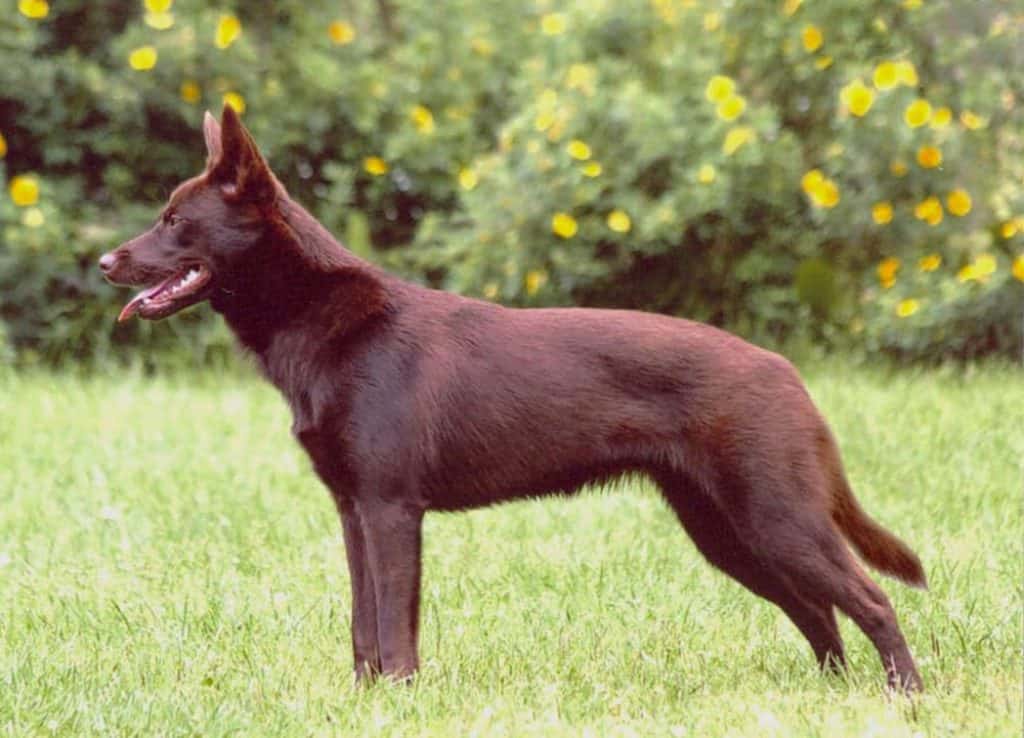
Hard-working and tireless, Kelpies were bred to herd the livestock in the heated and rugged conditions in Australia.
Although their history is not well-documented, they were likely developed in the late 19th century as a mix between British sheepdogs and wild dingoes.
With time, two different varieties of the breed were developed.
Working dogs are the first variety and they continue to be utilized as shepherds and herders.
The second variety is Show or Bench Kelpie, mainly bred for appearances at dog competitions.
Appearance
Kelpies have a classic appearance of a working dog. They’re medium-sized, strong, and athletic with compact bodies and well-developed limbs.
They’re a bit longer than tall, similar to German Shepherds.
The head is long and narrow with oval, intelligent eyes and large pricked ears. Kelpies have a medium-length tail which is low-set.
Like with most herding dogs, the Kelpies’ body is covered with a double coat.
The undercoat is short and dense, while the topcoat is hard, straight, and serves to protect them from harsh weather.
The coat has several color variants, including black, chocolate, red, blue, tan, and fawn.
The color of the nose usually blends with the coat color.
Adult males are 17-20 inches (43-51 cm) in height and 25-45 lbs. (11-20 kg).
Females usually measure 17-19 inches (43-48 cm) and weigh 25-35 lbs. (11-16 kg).
Temperament
Kelpies are known workaholics and are ready to work until they drop. They are very smart and enjoy any activity they can get.
This also leads them to get bored easily.
If left idle on their own for too long, they’ll voice their displeasure by barking and sometimes becoming destructive.
They’re very loyal dogs and develop a particularly strong connection to their principal owner.
However, due to their independence streak, Kelpies often view their human more as a partner than as an owner.
It’s necessary to train them from a very young age to make sure that they’re obedient.
Usually, they’re great with children, although they may be some issues with herding and nipping.
Australian Cattle Dog – Dog Breed Information
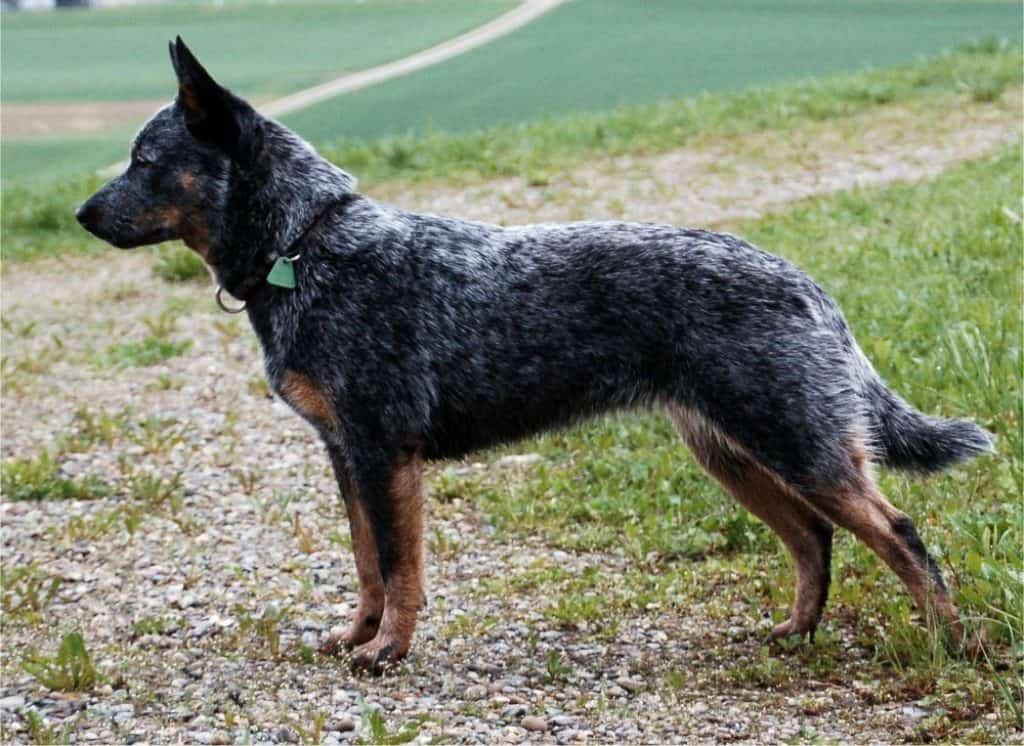
Also known as Blue Heelers, Australian Cattle Dogs, as the name says also hail from the land down under.
They were developed by the early Australian settlers for the purpose of herding livestock.
Australian Cattle Dogs were made by crossbreeding imported Scottish Collies and local tamed dingoes.
Appearance
Australian Cattle dogs are a strong and agile breed with medium-sized bodies and sturdy build.
They have inherited much of the dingoes’ look with a strong head, slightly longer muzzle, and large pointy ears.
The fox-like tail is curvy, hanging, and bushy. The ACD’s boy is covered with a double coat.
The short and dense undercoat keeps them warm, while the straight, hard hair of the topcoat provides protection from the rain.
The most common colors are blue and red.
Fully grown males are 17-20 inches (43-51 cm) high and can weigh up to 36 lbs. (16 kg).
Female heelers can reach the height of 18 inches (45.5 cm) and up to 34 lbs. (15 kg) in weight.
Temperament
Like all herding dogs, Australian Cattle Dogs are the happiest when they have something to do.
As they are tireless and active they are one of the most popular breeds when it comes to choosing hiking or running companions.
Blue heelers are devoted and loyal to their owners, but their Australian rough country origins mean that they have strong independence tendencies.
Their history also made them courageous and alert, so they make great watchdogs. They do great with kids, but only with proper and timely training and socialization.
Otherwise, they may be too nippy and aggressive in their desire to protect and take care of them.
Kelpie vs Australian Cattle Dog – What are the Differences?
| Kelpie | Australian Cattle Dog |
 | 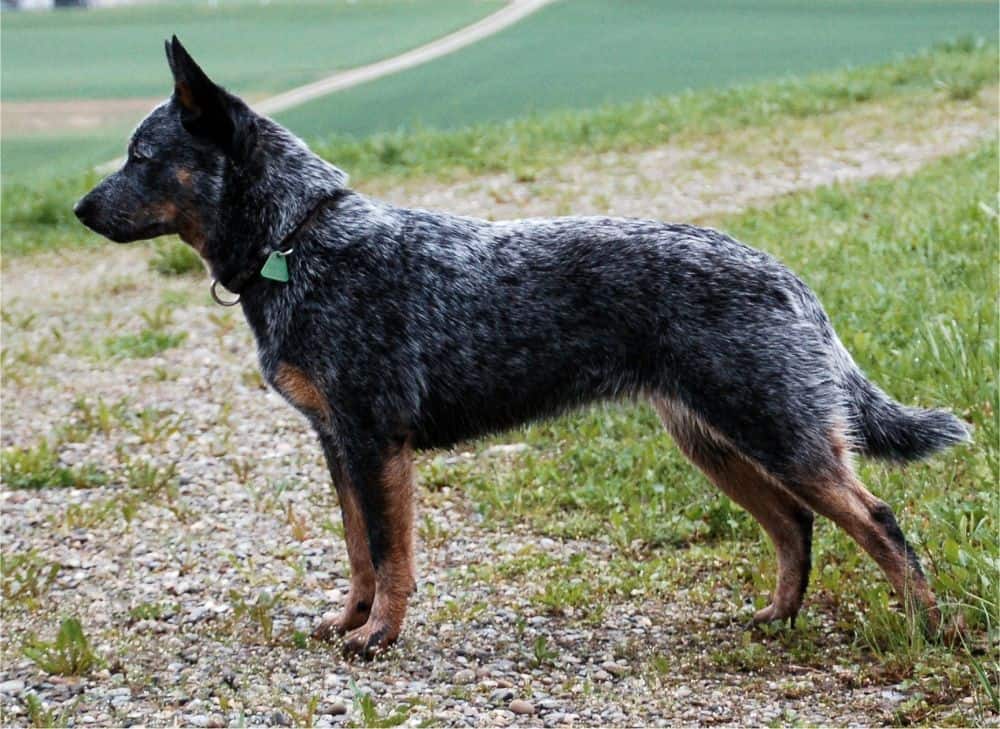 |
| Australian Cattle Dog “Silverbarn’s Naava” by Eva Holderegger Walser (CC BY-SA 2.5) |
Considering that they come from the same part of the world and were bred for a similar purpose, Kelpies and Australian Cattle Dogs have a lot in common.
They can grow to about the same size, but Kelpies are a bit bulkier and stronger.
The wildlife heritage is a bit more expressed with Australian Cattle Dogs which makes them a worse choice for first-time owners.
Compared to Kelpies they are slightly harder to train and socialize.
However, with proper training, they are able to answer more complex tasks and are more responsive than Kelpies.
They are also more distrustful towards strangers, so they’re more suitable for guarding duties.
Kelpies are more adaptable than the ACD and are more suited to living in the apartment, although both breeds prefer open space.
Each of these two breeds is relatively low maintenance and don’t require excessive grooming.
Australian Cattle Dogs have a bit longer life expectancy and tend to have fewer health issues.
Conclusion
Hopefully, all this helps if you have a Kelpie vs Australian Cattle Dog dilemma when buying a dog.
For sure, both of these amazing Australian breeds can make wonderful pets that your family will love as long as they live.
Both are also a great choice if you’re looking for a hard-working and committed helper for your farm.
Still, as Kelpies and Australian Cattle Dogs have wild roots, careful socialization and proper training are necessary and should be started while they’re puppies.
Otherwise, you may end up with a highly energetic but very independent dog that can be a real headache to handle.

